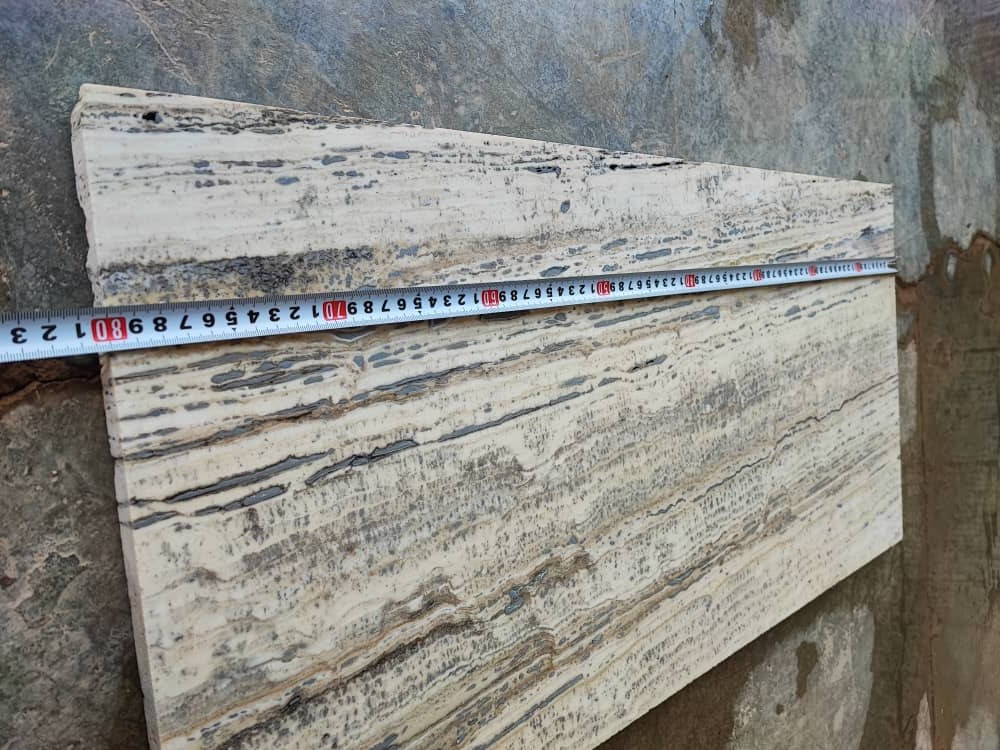How to Import Travertine: A Simple Guide to Qualify the Stone and Identify the Errors
Whenever it comes to purchasing and importing materials such as stone, it is crucial to know the material from top to bottom. In order to do that, you should have enough information about various things especially the errors of the stone and how to find them when it comes to the finishing, filling etc. Since most of the times you are not able to see the stone and qualify it in person for natural stone importation, you should be aware of the characteristics of the required material so that you can infer all the necessary details from the data that the exporter provides.
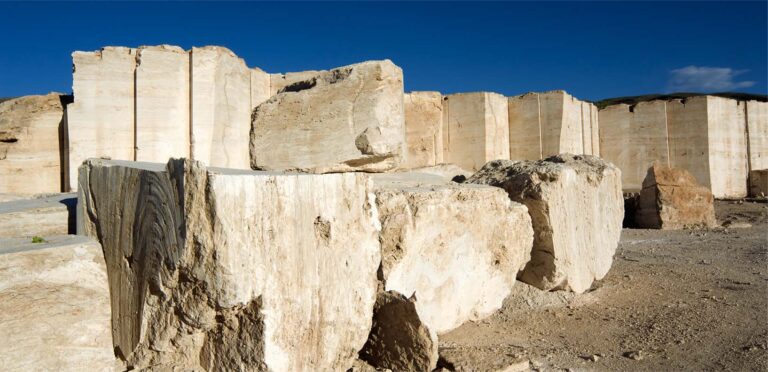
Normally, you make contact with the company and then you express what you require. Then, the sales person sends you the data, catalogue and further information. Accordingly, you may ask for more data such as photos and videos taken closely from the material. The most important point; however, is what you do with the data after receiving that!
How can you connect the little details which were observed in the data to each other, and then make a decision of whether it’s a qualified material or not?
In this essay we are going to refer to some significant factors and different ways by which you can identify the errors and qualify “travertine natural stone”. Most of the importers don’t notice these little details, and sometimes it leaves them with a damage to their reputation or financial situation. By paying attention to the following factors which are listed from the least to the most important, you will have a better experience of purchasing this type of stone even when you haven’t seen or touched it in person.
Finishing of the Stone
The first factor that you need to take into account is the finishing of the stone. When the stone doesn’t have a raw finishing, which means that it’s either polished or honed, you should look at it from a 30-to-45-degree angle in the light. The reflection of the light helps you to see if there are any etched effects or marks left on the stone from the head of the polishing machine.
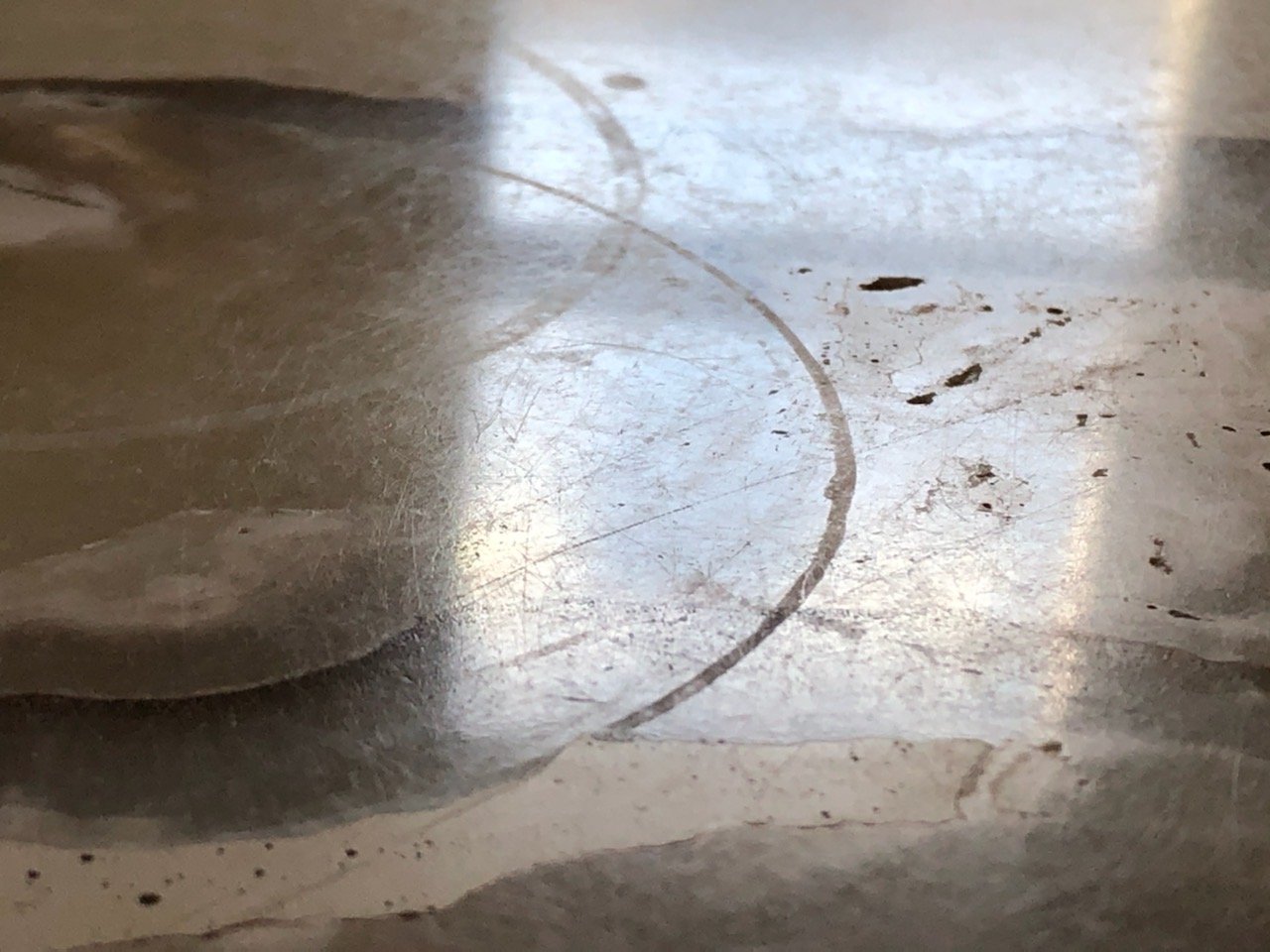
If you found any, this probably means that the head has had too much pressure or the abrasives were not working properly. As a result, you may find the surface of the stone looking matt and shiny at the same time. In some cases, you can find cracks as well. Cracks are of two kinds: One is the kind that has not been crystallized; and as a result, it would lead to the breaking of the stone with the slightest strike. The other kind is the one that has been crystallized and when it comes to this kind, it is the customer’s choice whether to order a stone with this kind of crack or not.
Filling of the Stone
The second factor is the filling of the stone. The filling should be leveled with the surface of the stone. Consequently, you should pay attention if the resin or the filling material has become concave or convex. For instance, when the filling is convex, this puffiness shows that the underlying surface of the stone had been wet and the resin has become swollen through the process of drying.
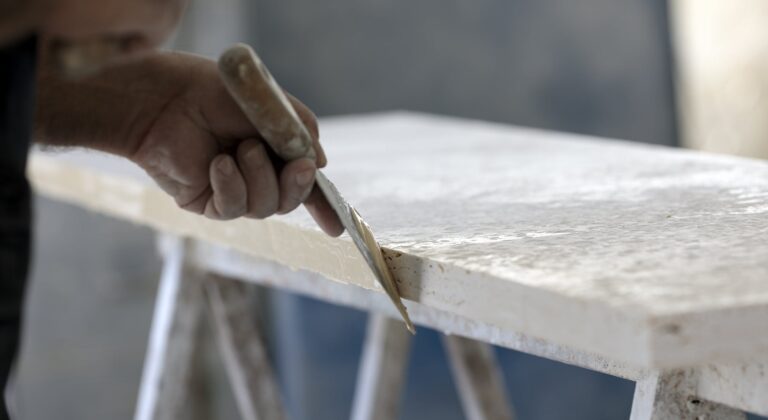
Dimensionl Tolerance
Third, you need to check the dimensional tolerance. In order to achieve that, you need to measure the tile from the midpoints of its length and width, and its two diagonal lines. You may also meter three vertical and horizontal lines from the top to the bottom of the tile to make sure that the dimensional tolerance conforms to your exact requirement.
Thickness of the Stone
Last and the most important is the thickness of the stone. Thickness actually matters because of the fact that most of the projects are carried out through dry installation with mechanical equipment such as pins, rails etc. instead of cement. To measure the thickness of the stone, you need to meter it from the upper and lower width of the tile. According to ASTM, a tolerance of 0.5 to 1 millimeters is considered as acceptable for both the dimensions and the thickness of a stone tile (the maximum is 0.5 for calibrated tiles).

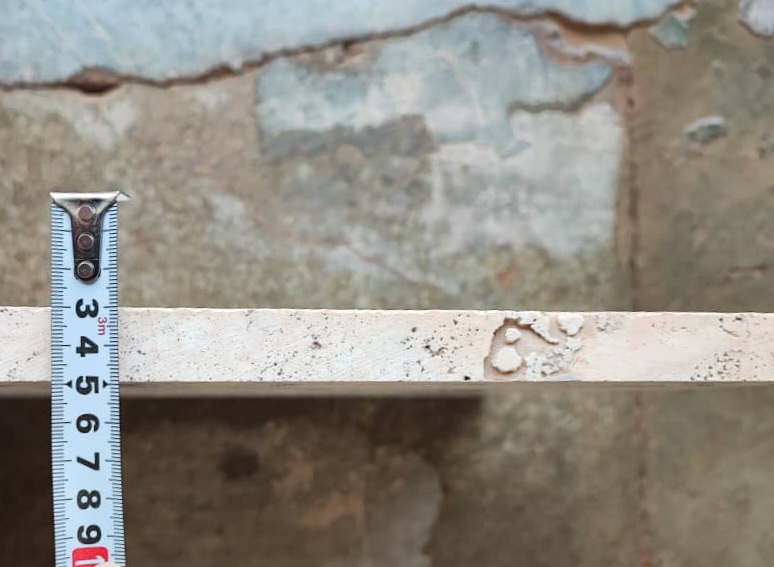
After all, considering the above factors will definitely guide you to choose the perfect kind of travertine stone which suits your requirement. Following these tips would help you to get what you need even if all you have from the stone is nothing but a couple of videos and photos. Feel free to share this essay to expand the knowledge of importing this kind of stone. We hope that this essay provides you with a better experience for your next purchase!
If you are interested in gaining more information about travertine stone, you can check our previous essay through the link below:
TRAVERTINE , THE TIMELESS BEAUTY

